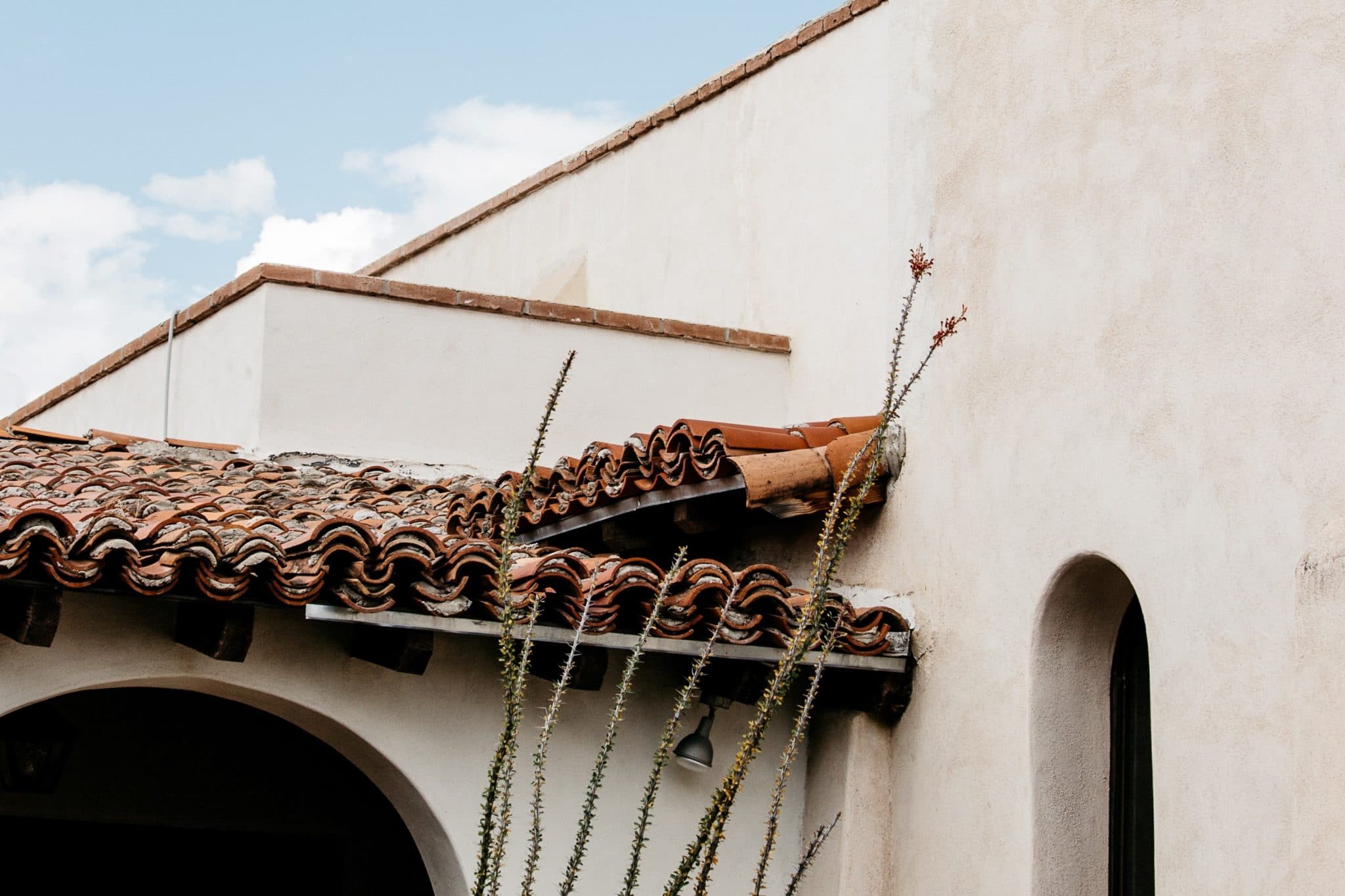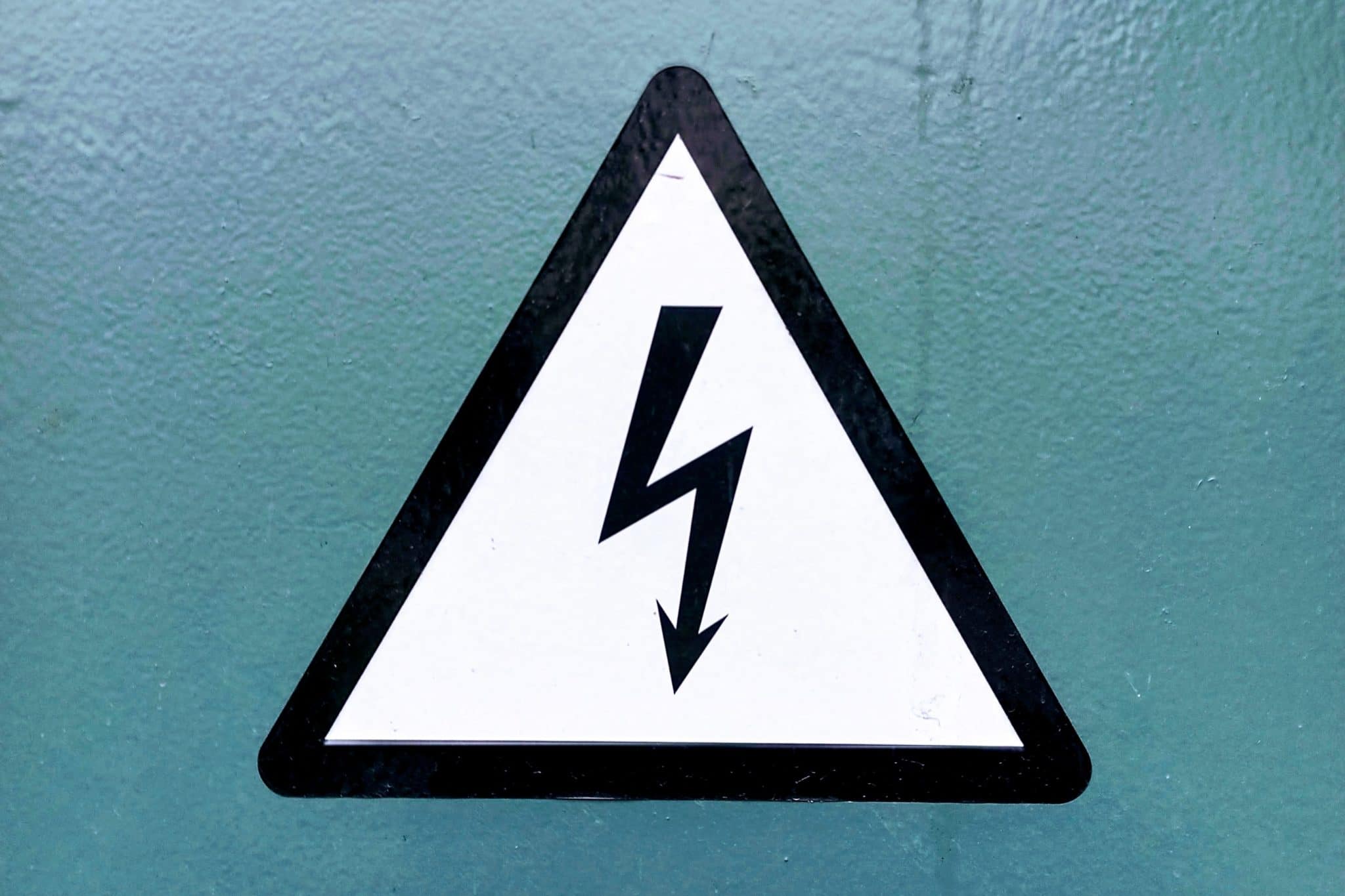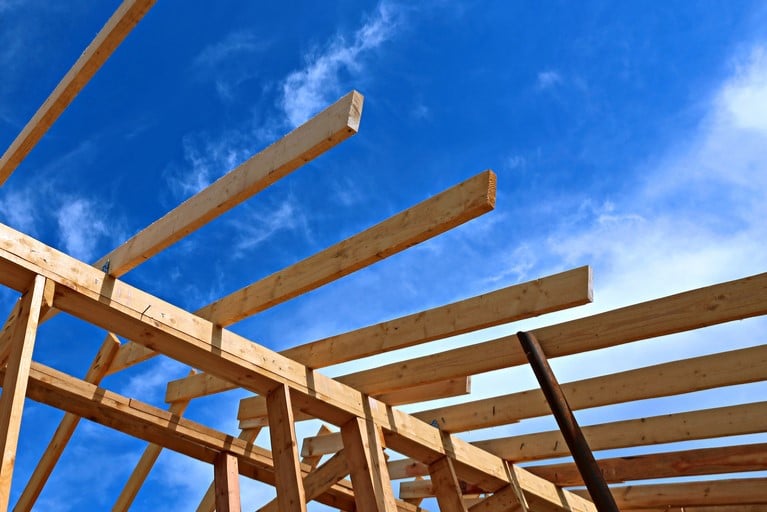An Inspector’s Guide to Crawlspace Safety
By Alyssa Cink
Last Updated June 21, 2024
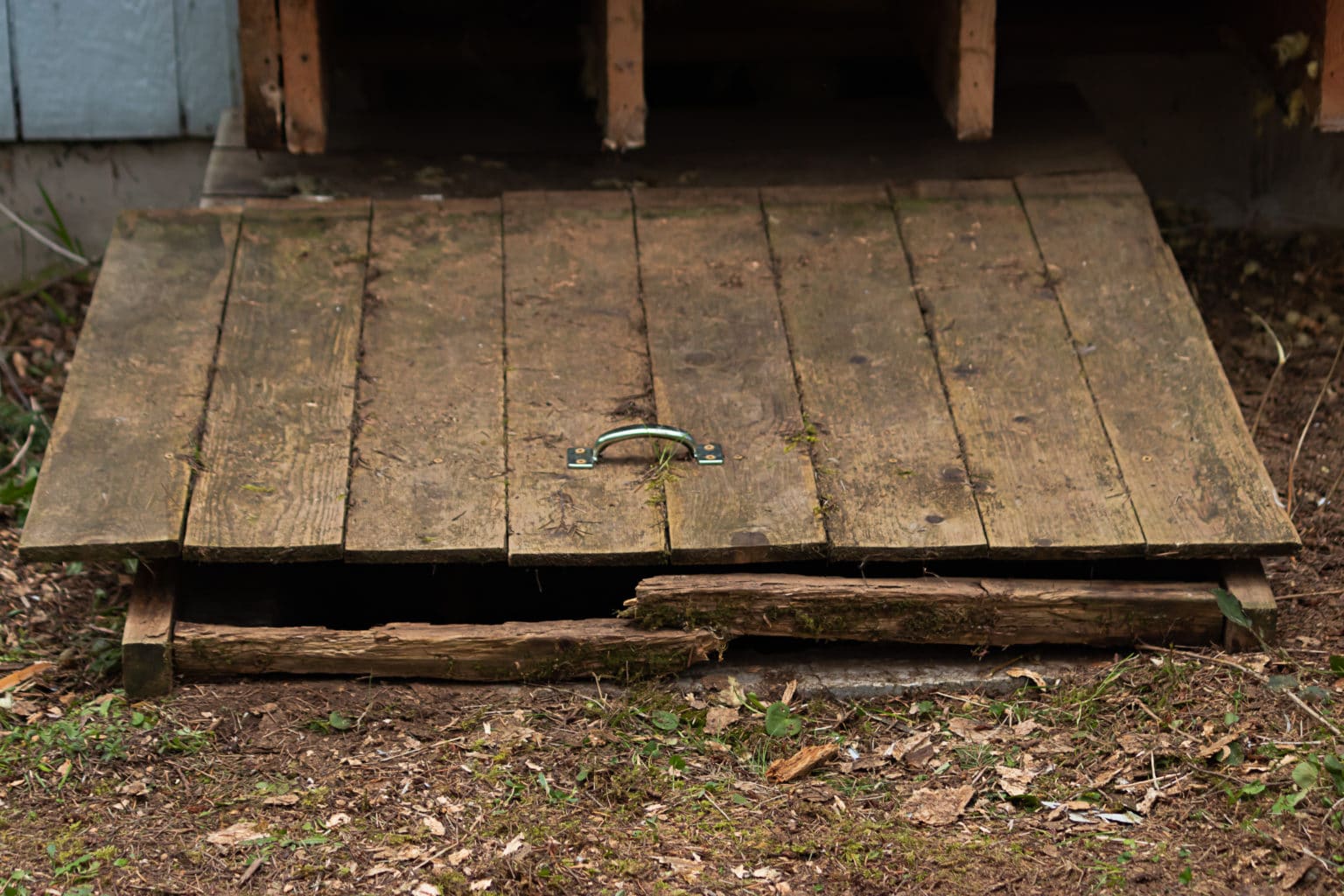
It’s your first crawlspace of the day. You consider the host of dangers that await you, and your heart races. Suited up and armed with your flashlight, you face the entrance, ready to explore the dark, inner recesses of another property.
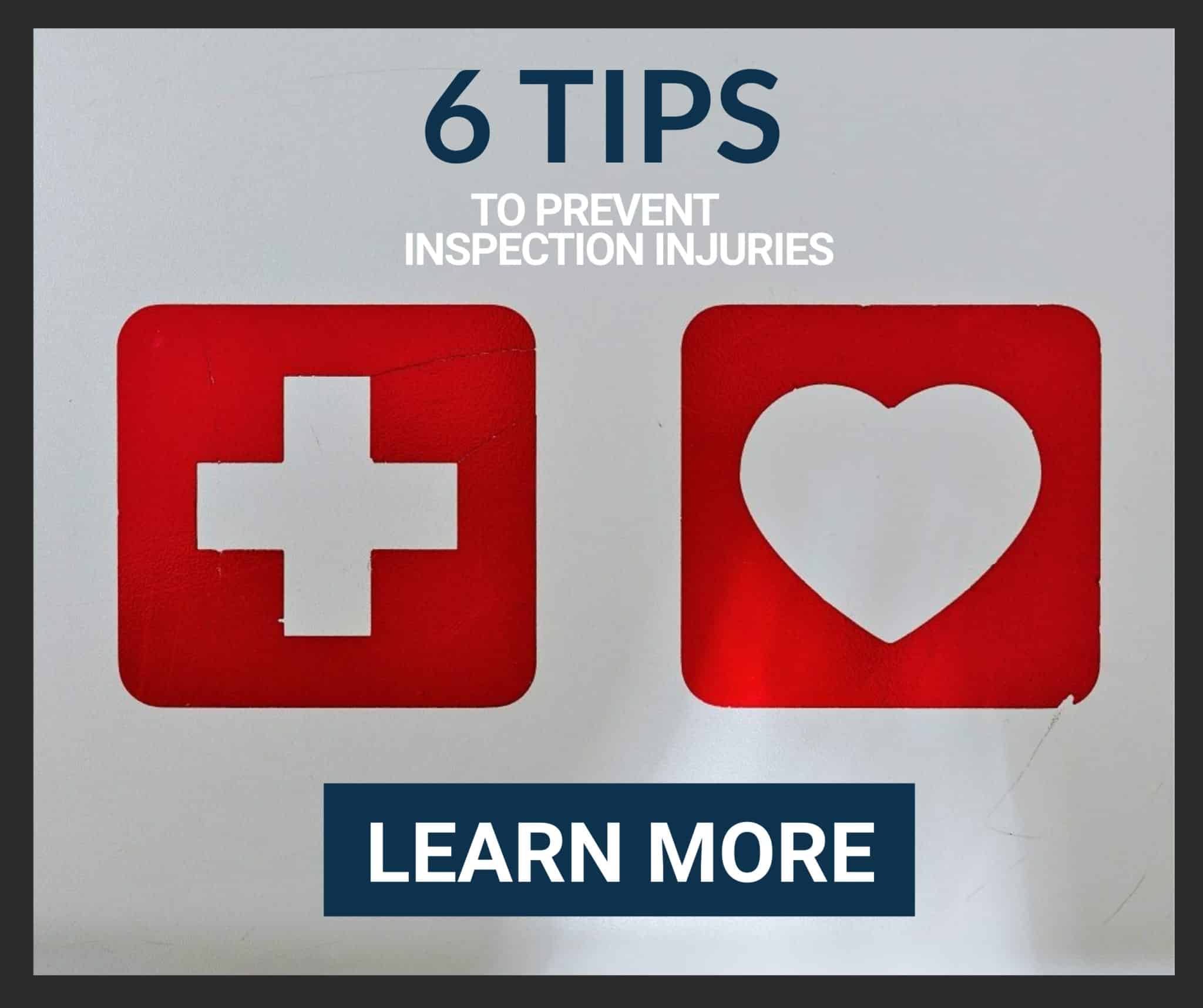 Crawlspace Inspection Safety and Home Inspectors
Crawlspace Inspection Safety and Home Inspectors
Inspecting homes is a dangerous job. From slick roofs to feral animals, rotted subflooring to invisible toxins, the average home inspector faces countless perils during their career. One peril that stands out to home inspectors is crawlspace inspections.
Out of sight and out of mind, potential homebuyers rarely consider this barrier that separates their home from the earth below. When inspection day arrives, clients may not understand the potential hazards residing beneath their floorboards. And, as their home inspector, you want to help them make safe and informed purchasing decisions.
But your safety matters, too. That’s why it’s important to prioritize the wellbeing of yourself and your employees. In this article, we examine the biggest safety issues that home inspectors face during crawlspace inspections. We also offer tips to reduce your exposure to harm.
Common Safety Issues
According to our research and the home inspectors we interviewed, these are the five most common health and safety concerns in a crawlspace:
- Improper wiring
- Protruding objects
- Toxins
- Animals
- Unstable structures
1. Improper Wiring
Exercise caution if you see loose, exposed wiring, hanging electrical components, or open junction boxes, recommends International Association of Certified Home Inspectors (InterNACHI) Founder Nick Gromicko in a blog post. These wiring issues become particularly dangerous near water.
Although difficult to identify, electricity poses a significant risk to home inspectors. Touching a live wire can induce painful and, sometimes, fatal injuries, including electrocution, electric shock, and burns.
2. Protruding Objects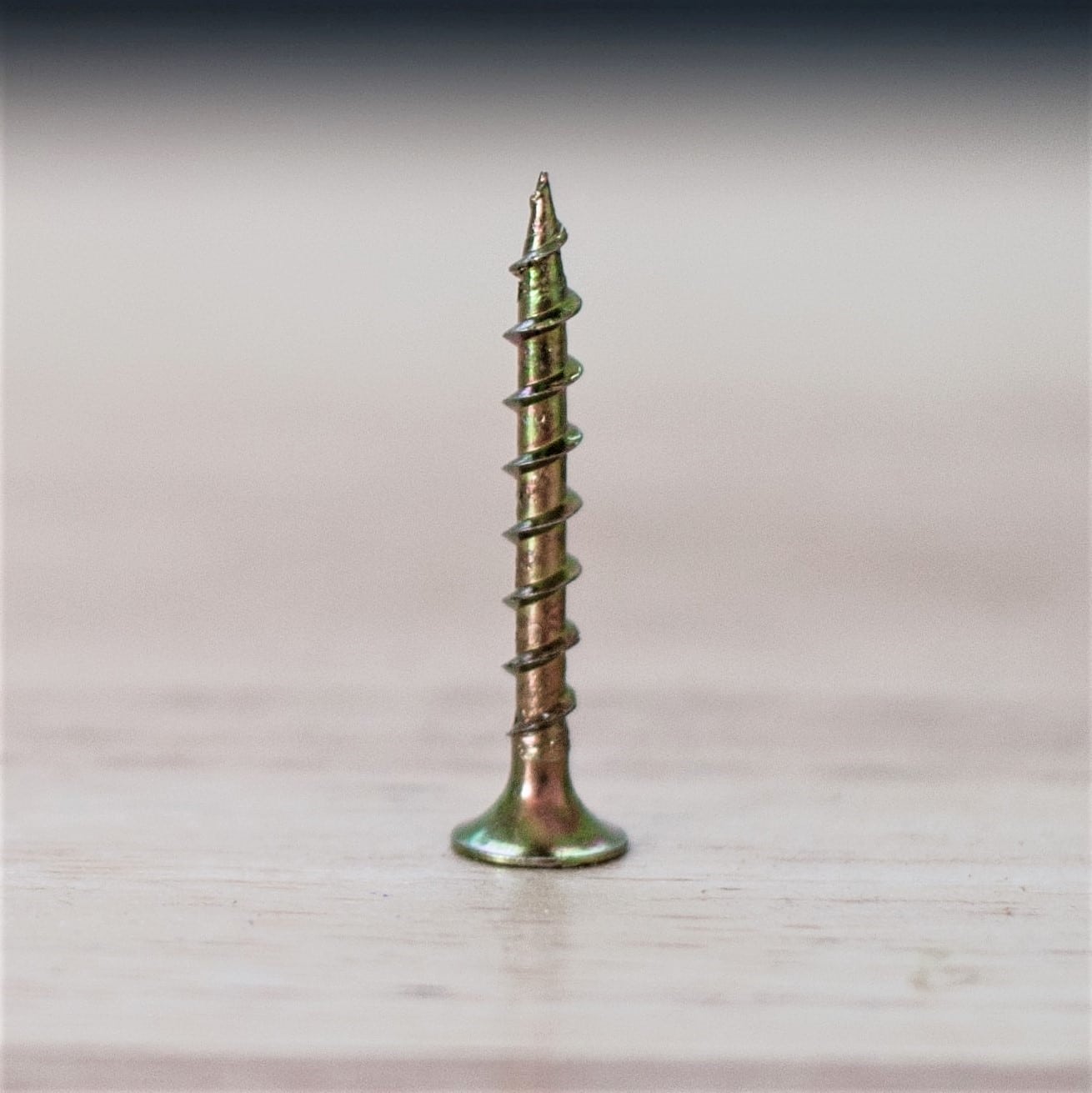
Some hazards can be easy to miss in a dark crawlspace. Protruding objects, such as wooden beams or metal nails, can cut or bruise a home inspector who accidently bumps into them, Joe Beyer of Prestige Home Services, LLC in Missouri wrote on his blog.
3. Toxins
When inspecting a crawlspace, be on guard for sources of toxins, airborne or otherwise. These may include:
- Mold (and other fungi)
- Asbestos insulation
- Radon
- Dry rot
- Pesticides
- Animal wastes
- Gas or chemical leaks
- Sewage
Exposure to these toxins can cause a variety of health problems, ranging from mild irritations to serious illnesses. Mold exposure, for example, may cause allergic reactions like coughing and wheezing.
Asbestos fibers can be particularly dangerous. Disturbing asbestos releases fibers into the air. When inhaled, these fibers may become trapped in the nasal passages, lungs, or digestive tract. Serious and deadly diseases, such as asbestosis, lung cancer, and mesothelioma, have been linked to asbestos exposure.
In addition, waste from rodents and insects like cockroaches can transmit diseases and trigger severe allergic or asthmatic reactions, according to the National Pest Management Association (NPMA). One disease that home inspectors should caution against is Hantavirus Pulmonary Syndrome (HPS), a serious respiratory disease with a 38% mortality rate. According to the Centers for Disease Control and Prevention (CDC), home inspectors are particularly at risk due to working in crawlspaces and vacant buildings where hantavirus-carrying rodents, their waste, or their nesting materials may be present.
Naturally, a home inspector who finds fecal matter in or around a crawlspace will likely not be thinking about airborne toxins. They’ll be looking for the more immediate threat: the animals that left it.
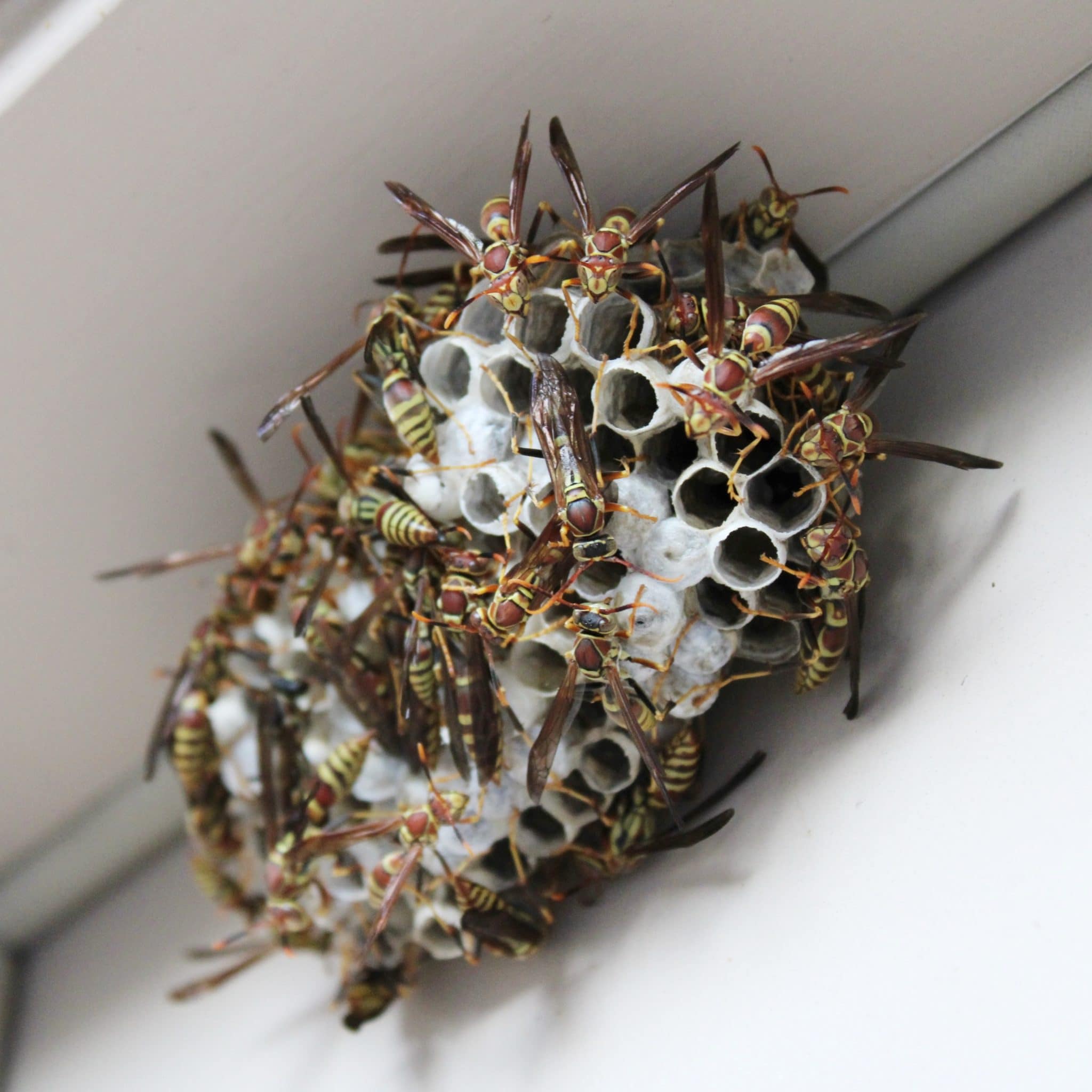 4. Animals
4. Animals
Navigating and documenting defects in tight quarters is already challenging enough. No one wants to add a defensive and possibly venomous critter to the mix. Shady, cool, and undisturbed, crawlspaces with dirt floors are prime real estate for local wildlife. Depending on your region and the crawlspace’s condition, you may see any of the following:
- Snakes
- Vermin: Spiders, ants, bees, wasps, cockroaches, termites, scorpions, rats, and mice
- Larger mammals: Skunks, raccoons, groundhogs, possums, and cats
5. Unstable Structures
Although the likelihood of collapse is slim, according to Inspection Certification Associates (ICA), an online training program, it is the most significant danger of entering a crawlspace. Gromicko writes in the forenamed InterNACHI blog post that, in the event of a crawlspace collapse, the inspector may be trapped or even crushed. Of course, home inspectors are more likely to find safety concerns in areas that experience frequent earthquakes and floods.
Structurally unstable, do-it-yourself, or placeholder repairs also increase chances of collapses.
“Temporary or poor repairs, or deteriorated structural members, may be deteriorated from water, humidity, rodents, or wood destroying insects, and [they] can cause a collapse in extreme conditions,” said Devin Donovan of Performance Inspections, LLC in West Virginia.
Thankfully, there are steps to help you leave a hazardous crawlspace unharmed.
Tips for Crawlspace Safety
1. Know your standards.
Standards of Practice (SOPs) typically limit the scope of a home inspection to what the inspector can see and access. InterNACHI defines a home inspection as a “non-invasive, visual examination of the accessible areas of a residential property.” By comparison, the American Society of Home Inspectors (ASHI) necessitates inspection of all “readily accessible, visually observable, installed systems and components.”
These SOPs require home inspectors to assess crawlspace conditions. However, both affiliations outline exceptions. InterNACHI inspectors are not obligated to “enter any crawlspace that is not readily accessible, or where entry could cause damage or pose a hazard to him/herself.” Meanwhile, ASHI considers an inaccessible crawlspace one “with less than 24 inches of vertical clearance between components and the ground” or “an access opening smaller than 16 inches by 24 inches.”
Some inspectors, like Randall Patterson from The Randall Patterson Team in Michigan, mainly avoid crawlspaces that fail to meet the accessibility standards outlined in their SOPs.
“We inspect crawlspaces that have the proper clearance for entry, following the ASHI Standards,” Patterson said.
Many states also enforce their own SOPs, which may contradict or expand upon association standards. Check your local and state regulations to verify your compliance.
2. Use your best judgment.
When the standards they follow don’t give clear direction, many inspectors use their best judgment to determine safe and reasonable access. Among the inspectors we interviewed, the ability to comfortably enter, exit, and move around in a crawlspace was a common determining factor.
Drew Scerbo of ACE Home Inspections of New Jersey only inspects crawlspaces that allow ease of movement.
“For me, an inaccessible crawlspace is one in which I cannot comfortably maneuver around or where it would be difficult to get out in case of an emergency,” Scerbo said.
Michael Barnhill of Barnhill Home Inspections LLC in Louisiana avoids crawls that make him feel unsafe.
“If at any point you feel unsafe, that is when you should not enter a crawlspace,” Barnhill said. “I have a flashlight that, if it can fit [in the crawlspace] with about two inches around it, I can go in. If not, then it is a hard no.”
Chris Holt of Premier Home Inspections in Georgia agrees, with the caveat that crawlspaces should be inspected whenever safety permits. Holt shared the following advice in InspectorPro’s Home Inspector Risk Management group on Facebook, responding to a question posted there.
“Access as much of the crawlspace as you can safely,” Holt encouraged. “So many defects are found in crawlspaces, and many of them are severe. We owe it to our clients as long as safety is not compromised.”
Take pictures.
If an obstacle prevents you from entering a crawlspace, then remember to photograph that obstacle and explain it in your inspection report, advises Mark Turner of Inspectus Home Inspections, LLC.
“There are some instances…[where] you cannot gain access due to plumbing or ductwork,” Turner said. “When I run across that situation, I take plenty of photos and leave comments stating access was limited due to obstructions.”
Failure to document both partially and fully inaccessible spaces could lead clients to second-guess whether the area really was inaccessible or your responsibility to investigate anyway. Plus, from a risk management perspective, photos can prove what was there on the day of the inspection—and what wasn’t. The more pictures you have, the more evidence your insurance provider can have to defend you against meritless claims.
Furthermore, refer your client to a licensed contractor, who will have experience overseeing potentially dangerous repairs.
3. Wear personal protective equipment.
It’s not always realistic to see crawlspace dangers from the outside. When preparing to enter a crawlspace, it’s wise to dress for a variety of possible conditions. According to the Occupational Safety and Health Administration (OSHA), wearing personal protective equipment, or PPE, during hazardous tasks reduces your risk of injury or illness.
Here are a few examples of PPE for crawlspace inspections:
- Coveralls
- Flashlights
- Eyewear
- Gloves
- Headgear
- Respirator
- Cell phone
4. Stay away from water.
Because electrical components are sometimes hidden from view, many home inspectors recommend avoiding puddles, standing water, sewage, and other signs of wetness in crawlspaces altogether.
“I just didn’t go into the crawlspace because you just don’t know if there’s a wire lying in the water somewhere,” said former electrician Ryan Schmidt of Broadneck Home Inspections, LLC in Maryland in a previous article. “I just make a notation, take pictures of it [to] show that that’s the current condition, and then I call it out in the report as being unsafe to enter.”
William Chandler of Property360, LLC in Florida, too, won’t enter a crawlspace with water in it.
“We can’t always see if there’s [an] electric wire. We find live wires buried in insulation and underneath a little bit of dirt,” Chandler said in the same article.
Electrical conductors aren’t the only dangers that lurk in standing water. In the same Facebook group post mentioned before, Mike Grabowski of Comfort Zone Home Inspection described finding a moldy pool of crawlspace water with feces inside. The client had insisted he enter the crawlspace. Grabowski referenced the limitations outlined in his inspection agreement and SOPs, explaining his right to walk away from situations that pose a threat to his health. Grabowski walked and didn’t look back.
“Never go into a wet crawlspace,” he said in the post. “You never know what could be in that water!”
5. Stop before you enter.
Ron Greene of Golden Eagle Home Services LLC in Washington warns against rushing into a crawlspace. Evidence around the crawlspace entrance often tells him what to expect from the conditions inside. It also gives him time to listen to his instincts and assess possible dangers, like unstable structures and unusual smells.
“I advise a general look-around from the crawlspace entry first,” Greene said. “Note what appears comfortable and what appears tenuous. Use your nose to give you warning signs about what you may encounter in your journey.”
Scott Sullivan of For the House, LLC in Florida also recommends surveying the crawlspace from the outside before entering. This allows him to alert insects, vermin, and other inhabitants to his presence.
“My biggest fear is running into a critter under the house,” Sullivan said. “I use my light to scan the area and make noises to prevent me from sneaking up on one. If there is a critter under there, they will know I am, too. This gives them a chance to get out or let me know [where] they are.”
Finally, slowing down at the crawlspace hatch protects more people than your inspection team. Take a moment to secure the opening prior to your inspection. You may consider placing a warning sign by the entrance to alert a passerby, like the client or their children, from falling in.
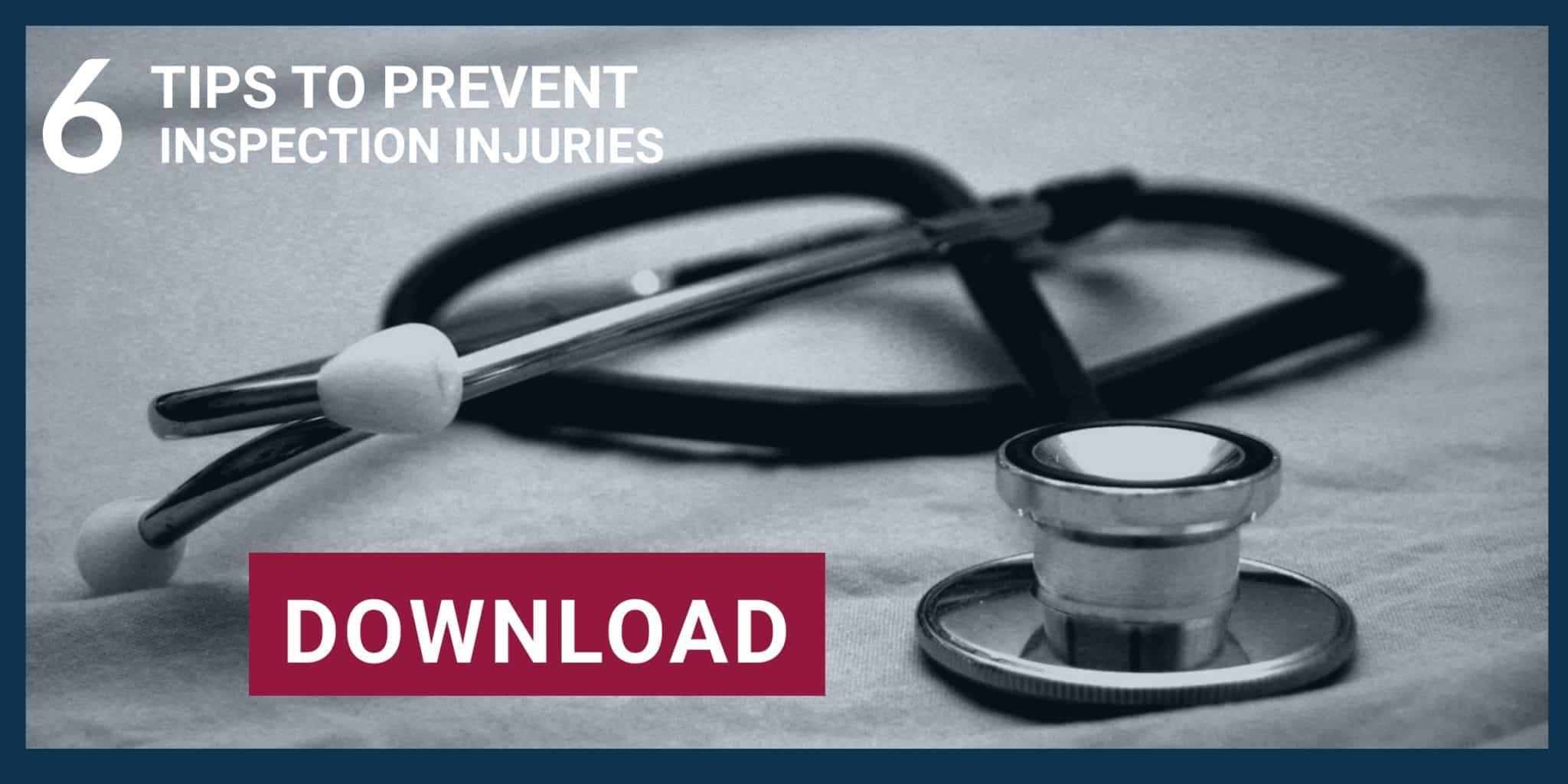 6. Carry workers’ compensation insurance.
6. Carry workers’ compensation insurance.
If you or one of your home inspectors is injured during a crawlspace inspection, workers’ compensation benefits may be available to you.
Workers’ comp insurance provides employees who suffer from work-related injuries or diseases with access to medical and wage benefits. Unlike general liability (GL) insurance, which covers inspection-related bodily injury and property damage claims for non-employees, workers’ compensation looks out for you and the people who work for your company.
“One accident can not only hurt you and maybe put you out of business, but more importantly, that employee has to have a way of making a living and getting his bills paid for it if it happens on the job,” said Alan Grubb of 4U Home, Inc. in Maryland in a previous article.
By covering job-related injury and illness costs, workers’ comp protects both employees and employers. And employees work under less financial risk knowing they have on-the-job protection. Additionally, employers limit their liability and deter litigation.
“If you have any employees, they need to have workman’s comp,” Grubb said. “The amount that it costs for workman’s comp is minor [compared] to what it could cost you or your employee if you didn’t have it.”
What expenses can workers’ comp cover?
In crawlspace related injury cases, workers’ comp coverage can assist inspectors in the following ways:
- Medical Bills. From doctor appointments to hospital visits, to medications and mobility aids, workers’ comp helps pay to treat employee illnesses and injuries. Workers’ comp can even help inspectors pay for their mileage when traveling to receive medical care.
- Lost Wages. Sometimes, crawlspace related injuries and illnesses are bad enough that employees are unable to work. Workers’ comp can pay a percentage of the money the employee would be earning if they weren’t in recovery.
- Rehab Benefits. Workers’ comp policies may offer medical rehab benefits, like physical therapy, to help employees recover. Additionally, they can help pay for vocational rehab for severely injured employees unable to perform their previous jobs. By helping these injured workers attain new job-specific skills, vocational rehab helps them return to work in a different role.
- Death Benefits. If an employee died, workers’ comp insurance may help cover funeral costs and lost income for the employee’s family.
Note that, since states regulate workers’ comp coverage, the amounts insurers will pay for the above benefits vary from state to state.
“Each state has its own regulations as to the amount and duration of lost income benefits and medical or rehabilitation services,” said Brianne Smith, InspectorPro broker and workers’ comp specialist. “However, workers’ comp is a no-fault coverage nationwide. That means it will provide coverage no matter who was at fault.”
Protect yourself with crawlspace safety and workers’ comp.
Prioritize safety in your crawlspace inspections by taking these measures and having the right coverage. Do your part to abide by state law and protect your employees and your business by carrying workers’ compensation insurance. And do so with a company prepared to meet the inspection industry’s unique coverage needs.
“Things happen when you go out and inspect. And if something goes wrong, you want to make sure that you are covered…. I don’t want to be the one who doesn’t have the proper insurance in case something goes wrong,” said Walter L. Williams from PPT Inspections in a previous article. “For a few dollars more, [workers’ comp] is going to give you peace of mind.”
Get a quote for workers’ comp for home inspectors today and complete our application. Or, you can learn more about workers’ comp by reading this long-form article on our blog.


